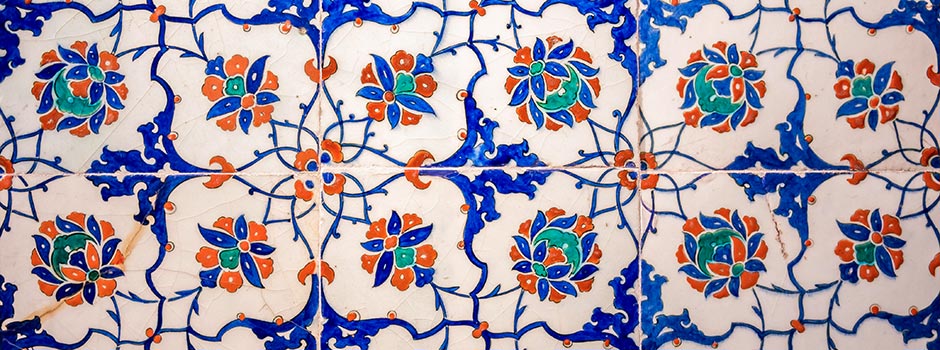
EXIBITION AT THE SHARJAH MUSEUM OF ISLAMIC CIVILIZATION Crossroads - Cultural Exchange between the Islamic Civilization, Europe and Beyond
Jun 26, 2019 FEATURE, Art Collection

The Museum of Islamic Art, Berlin has one of the largest and most important collections of Islamic art in Europe. In 2008, their calligraphic collection was exhibited in Sharjah Museum of Islamic Civilization, and in 2019 the second joint exhibition presented metal works, stone artifacts, ceramics, and very valuable carpets, all masterpieces of Islamic art.
Although the exhibition presented mainly exhibits from the collection of the Museum of Islamic Art in Berlin we could also see the artifacts from the Museum of Asian Art Berlin and the Sharjah Museum of Islamic Civilization.
The title of the exhibition 'Crossroads' implies that 'culture grows and develops through inter-community connections'. The exhibition displayed artifacts from different periods of Islamic history. Such exhibitions are a real exception, and the great opportunity for museums to present exhibits that can not be seen in their permanent collections. Especially impressive was the well-balanced concept of the presentation of artworks, where only the best examples of a certain style and period were exhibited. The evident attention was paid to Anadol and Persian rugs and fabrics, which, although belonging to a large group of Islamic carpets, vary by design and weaving mode. The same could be said for other displayed artifacts, so the overall impression of the exhibition leads us to think about the millennial cultural influences and permeation of different approaches and aesthetics within the Islamic world.
In this way, every piece from the Ottoman era carries in itself a small influence of the Safavid era and vice versa. Mogul art is permeated with Arab, Persian, and Ottoman elements of decoration and techniques. Ilkhanid art has a seal of Chinese, Tatar and Caucasian influences, while the Islamic art of Syria and Egypt is sometimes difficult to distinguish because of its similarities. Therefore, the exhibition in Sharjah has led us through all the aesthetics and influences that ultimately make a grandiose monolith of the contribution of Islamic art to the world's artistic heritage.
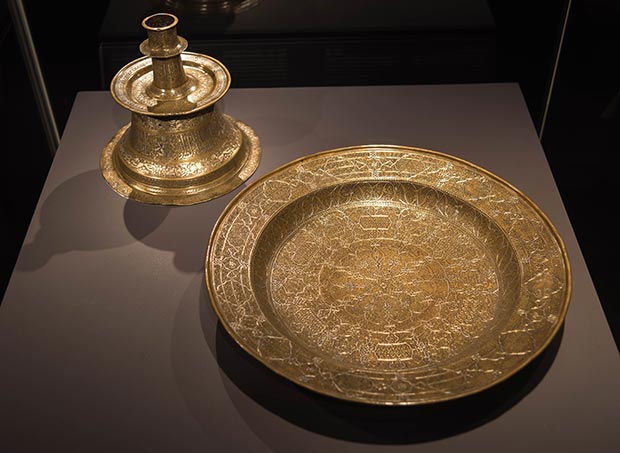 A candlestick, Syria, 13th century / A plate made in Italy, 16th century / Museum of Islamic Art Berlin / Photo by Islamic Arts Magazine
A candlestick, Syria, 13th century / A plate made in Italy, 16th century / Museum of Islamic Art Berlin / Photo by Islamic Arts Magazine
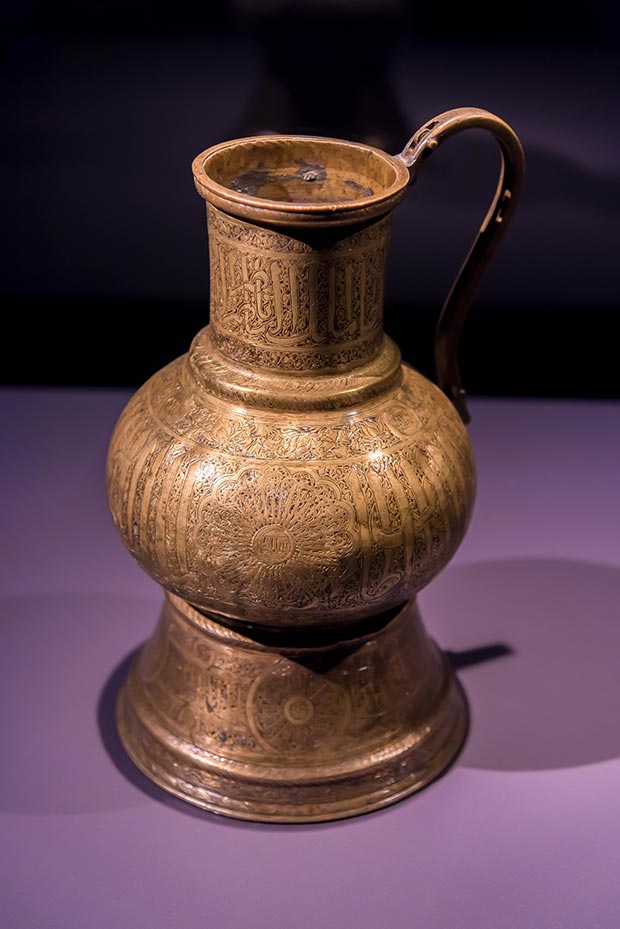 The jug with beautiful calligraphy mentioning the name of Mamluk Sultan Muhammad Ibn Qala'un, Egypt, 1293-1341. Museum of Islamic Art Berlin / Photo by Islamic Arts Magazine
The jug with beautiful calligraphy mentioning the name of Mamluk Sultan Muhammad Ibn Qala'un, Egypt, 1293-1341. Museum of Islamic Art Berlin / Photo by Islamic Arts Magazine
 A huge tile with a rich lustre decoration, Iran, 13th century. Museum of Islamic Art Berlin / Photo by Islamic Arts Magazine
A huge tile with a rich lustre decoration, Iran, 13th century. Museum of Islamic Art Berlin / Photo by Islamic Arts Magazine
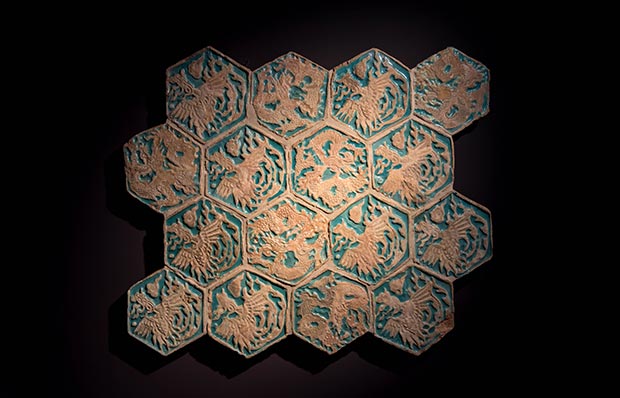 The tile panel with Phoenix and Dragon motifs, Iran, 1270-1276. Museum of Islamic Art Berlin / Photo by Islamic Arts Magazine
The tile panel with Phoenix and Dragon motifs, Iran, 1270-1276. Museum of Islamic Art Berlin / Photo by Islamic Arts Magazine
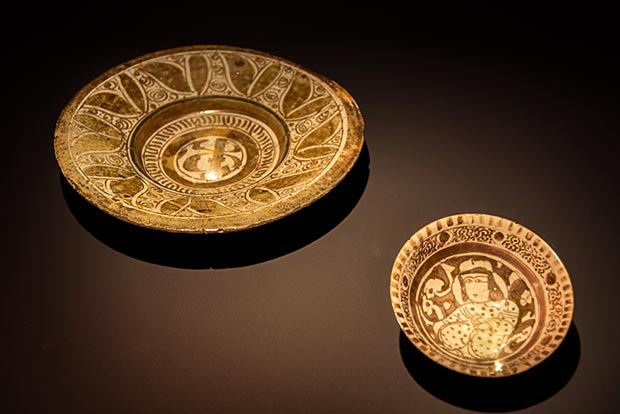 A plate and a bow with lustre technique, Iran, 12th century. Museum of Islamic Art Berlin / Photo by Islamic Arts Magazine
A plate and a bow with lustre technique, Iran, 12th century. Museum of Islamic Art Berlin / Photo by Islamic Arts Magazine
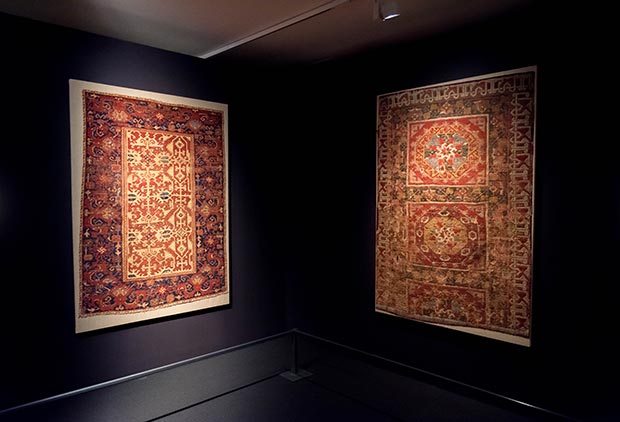 Carpets from the collection of the Museum of Islamic Art Berlin / Photo by Islamic Arts Magazine
Carpets from the collection of the Museum of Islamic Art Berlin / Photo by Islamic Arts Magazine
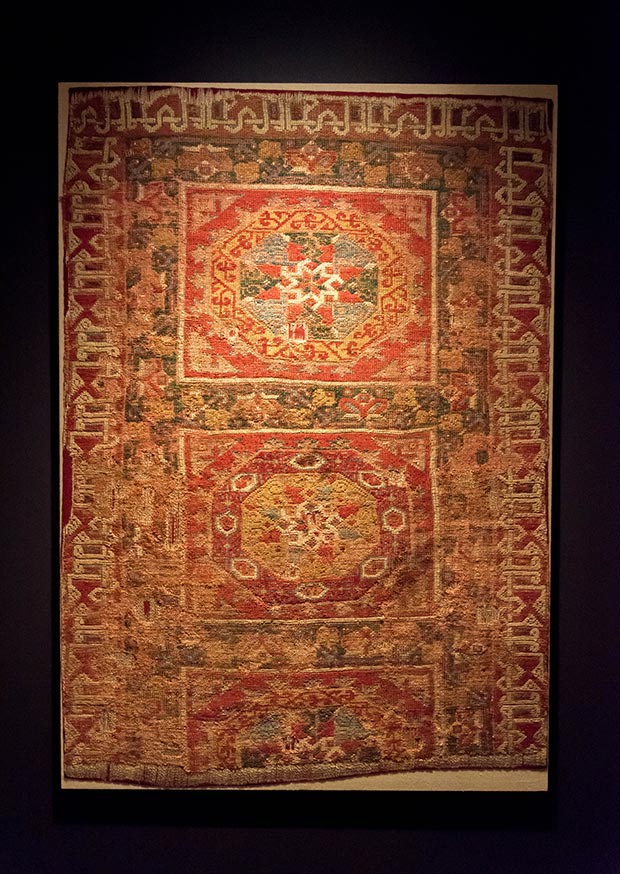 The Holbein carpet, 16th century. Museum of Islamic Art Berlin / Photo by Islamic Arts Magazine
The Holbein carpet, 16th century. Museum of Islamic Art Berlin / Photo by Islamic Arts Magazine
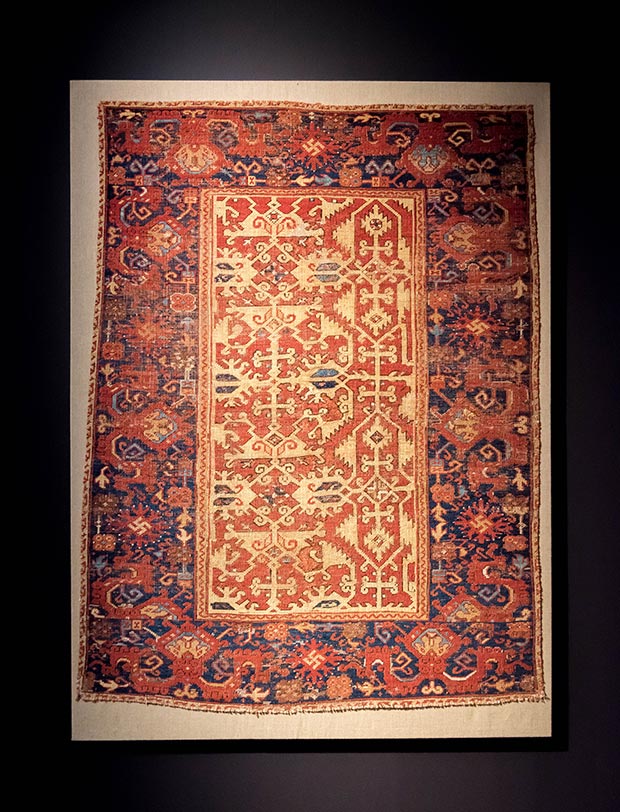 The small Lotto carpet, Turkey, 17th century. Museum of Islamic Art Berlin / Photo by Islamic Arts Magazine
The small Lotto carpet, Turkey, 17th century. Museum of Islamic Art Berlin / Photo by Islamic Arts Magazine
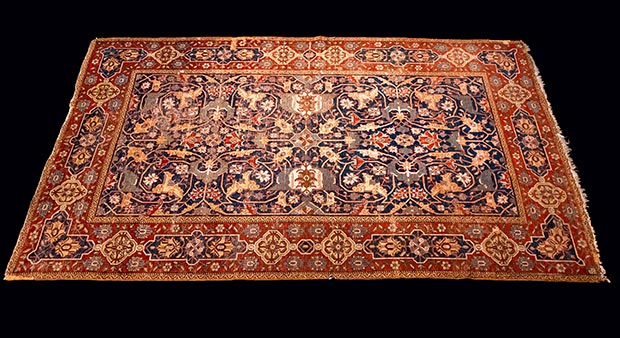 Persian carpet, Iran, 16th-17th century. Museum of Islamic Art Berlin / Photo by Islamic Arts Magazine
Persian carpet, Iran, 16th-17th century. Museum of Islamic Art Berlin / Photo by Islamic Arts Magazine
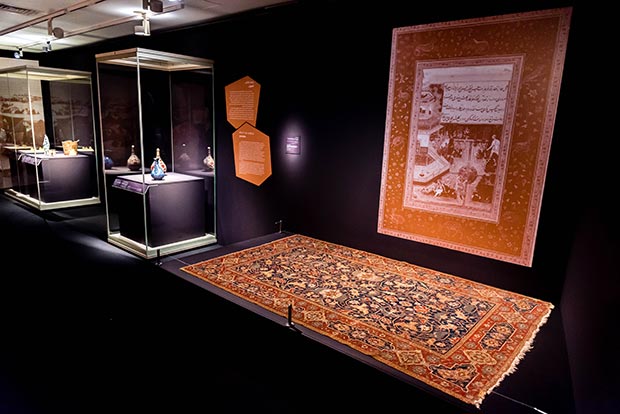 Installation view of the exhibition / Photo by Islamic Arts Magazine
Installation view of the exhibition / Photo by Islamic Arts Magazine
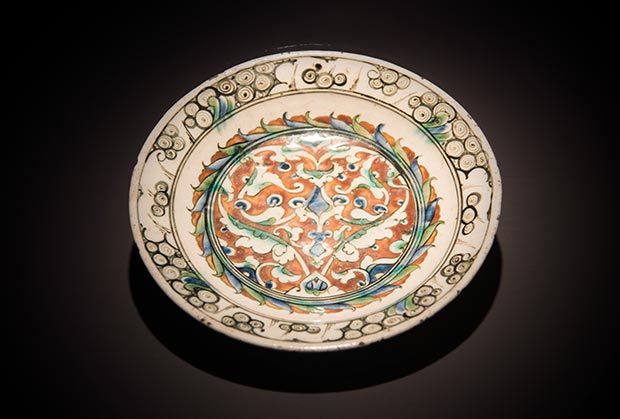 Iznik plate, Turkey, 17th century. Museum of Islamic Art Berlin / Photo by Islamic Arts Magazine
Iznik plate, Turkey, 17th century. Museum of Islamic Art Berlin / Photo by Islamic Arts Magazine
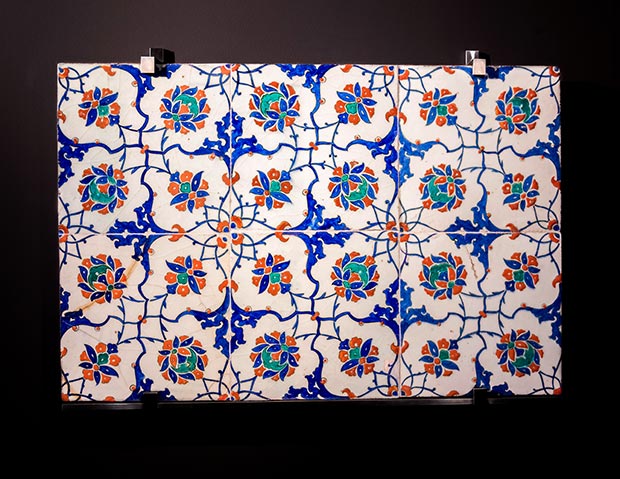 Large tile panel, Iznik, Turkey 16th century. Museum of Islamic Art Berlin / Photo by Islamic Arts Magazine
Large tile panel, Iznik, Turkey 16th century. Museum of Islamic Art Berlin / Photo by Islamic Arts Magazine
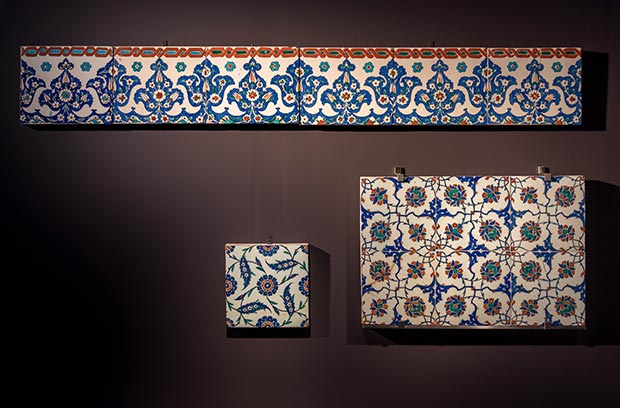 Tile panels, Iznik, Turkey, 16th century. Museum of Islamic Art Berlin / Photo by Islamic Arts Magazine
Tile panels, Iznik, Turkey, 16th century. Museum of Islamic Art Berlin / Photo by Islamic Arts Magazine
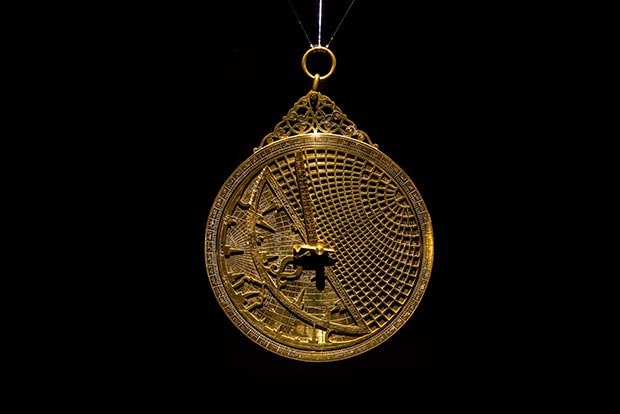 Replica of astrolabe made by Ahmed Al Saraj, cast, cut and engraved brass. Sharjah Museum of Islamic Civilization / Photo by Islamic Arts Magazine
Replica of astrolabe made by Ahmed Al Saraj, cast, cut and engraved brass. Sharjah Museum of Islamic Civilization / Photo by Islamic Arts Magazine
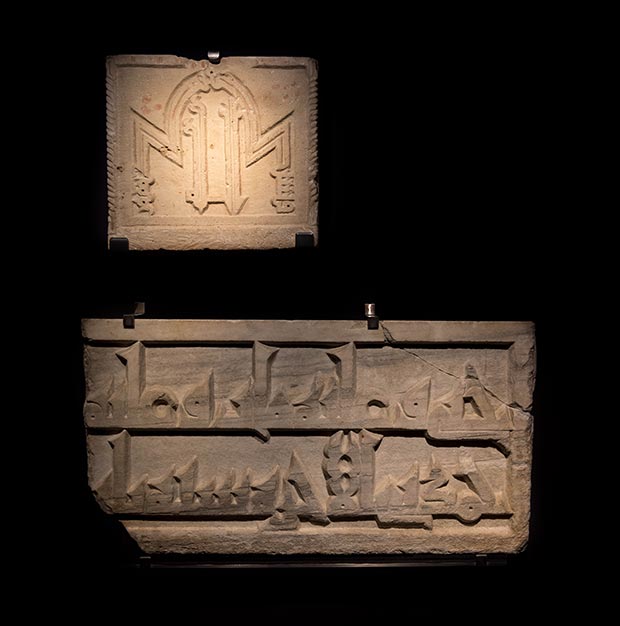 Stone inscription. Museum of Islamic Art Berlin / Photo by Islamic Arts Magazine
Stone inscription. Museum of Islamic Art Berlin / Photo by Islamic Arts Magazine
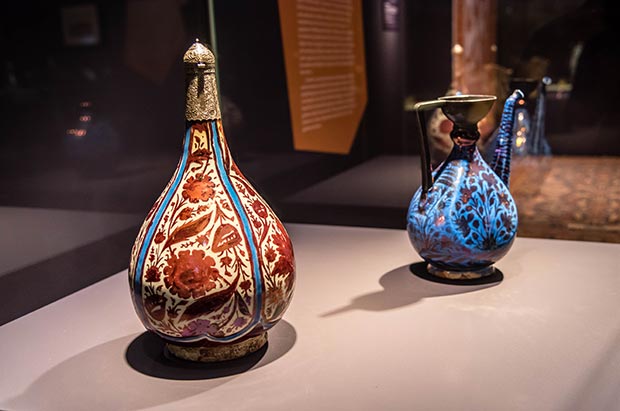 The pear shaped bottle and the jug. Iran, 17th century. Museum of Islamic Art Berlin / Photo by Islamic Arts Magazine
The pear shaped bottle and the jug. Iran, 17th century. Museum of Islamic Art Berlin / Photo by Islamic Arts Magazine
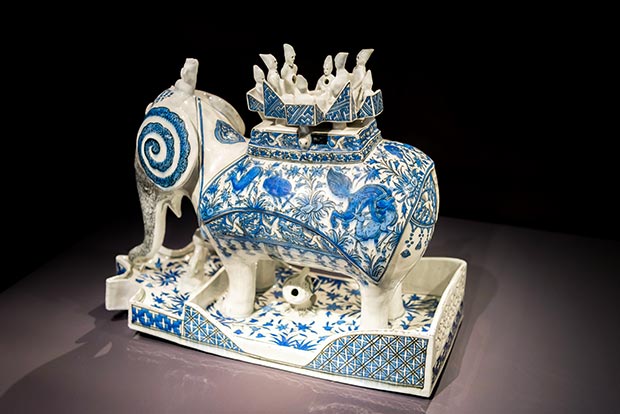 The porcelain elephant, France, 19th century. Museum of Islamic Art Berlin / Photo by Islamic Arts Magazine
The porcelain elephant, France, 19th century. Museum of Islamic Art Berlin / Photo by Islamic Arts Magazine
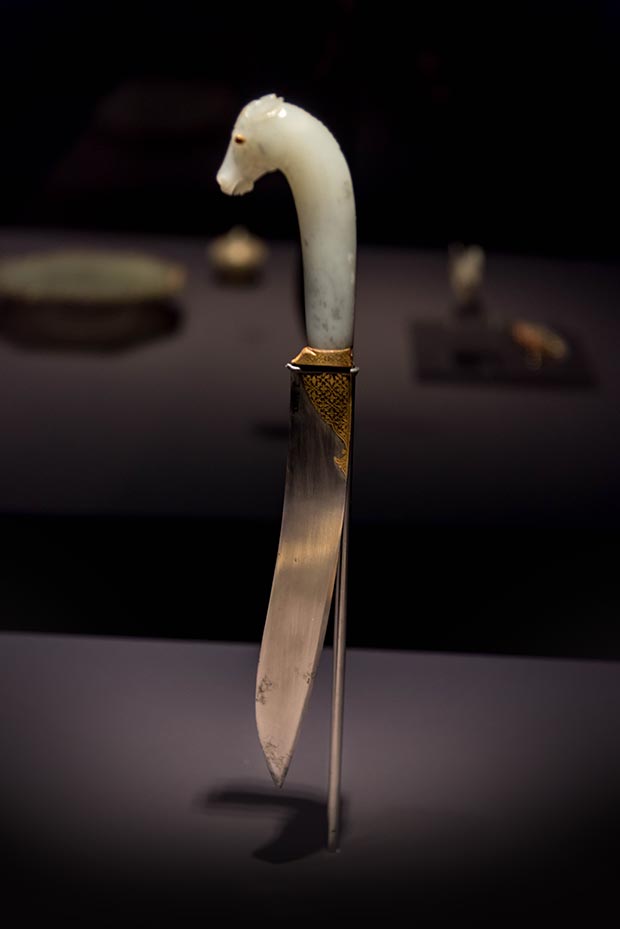 The white jade dagger, India, 17th century. Museum of Asian Art Berlin / Photo by Islamic Arts Magazine
The white jade dagger, India, 17th century. Museum of Asian Art Berlin / Photo by Islamic Arts Magazine
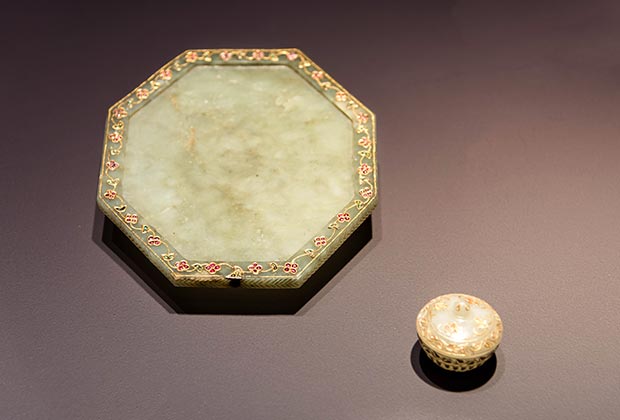 The white jade bowl India, 18th century. Museum of Asian Art Berlin / Photo by Islamic Arts Magazine
The white jade bowl India, 18th century. Museum of Asian Art Berlin / Photo by Islamic Arts Magazine
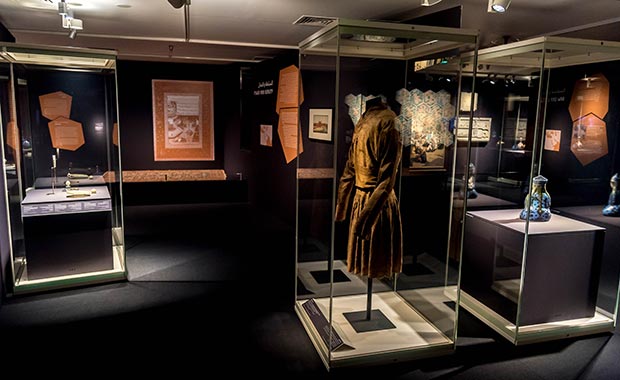 Installation view of the exhibition / Photo by Islamic Arts Magazine
Installation view of the exhibition / Photo by Islamic Arts Magazine
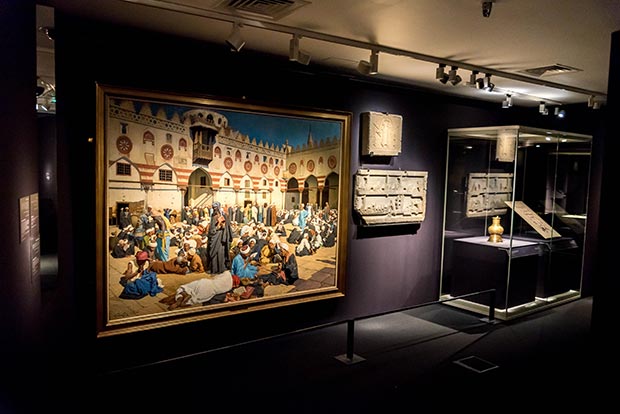 Installation view of the exhibition / Photo by Islamic Arts Magazine
Installation view of the exhibition / Photo by Islamic Arts Magazine
Comments
Add a comment